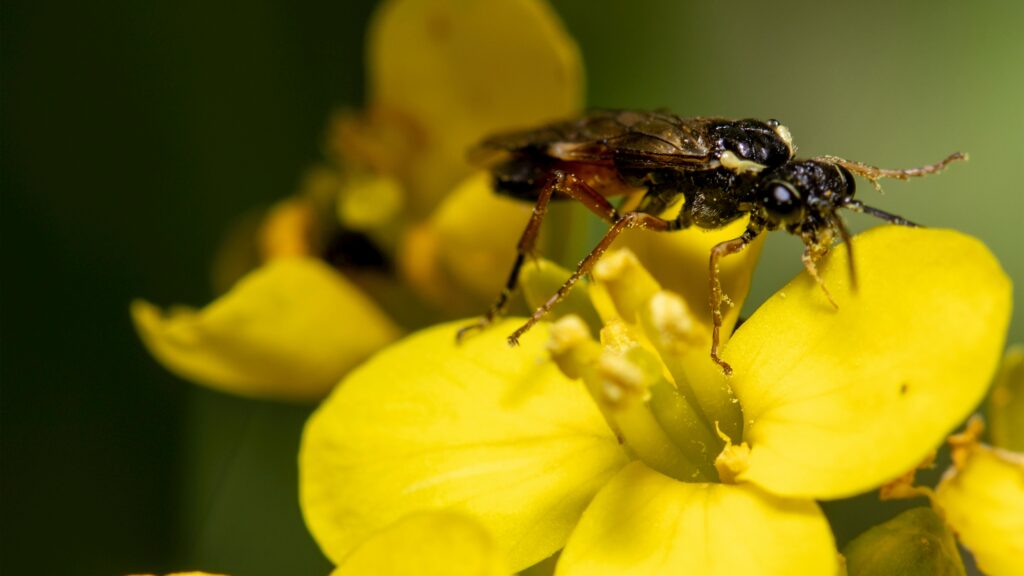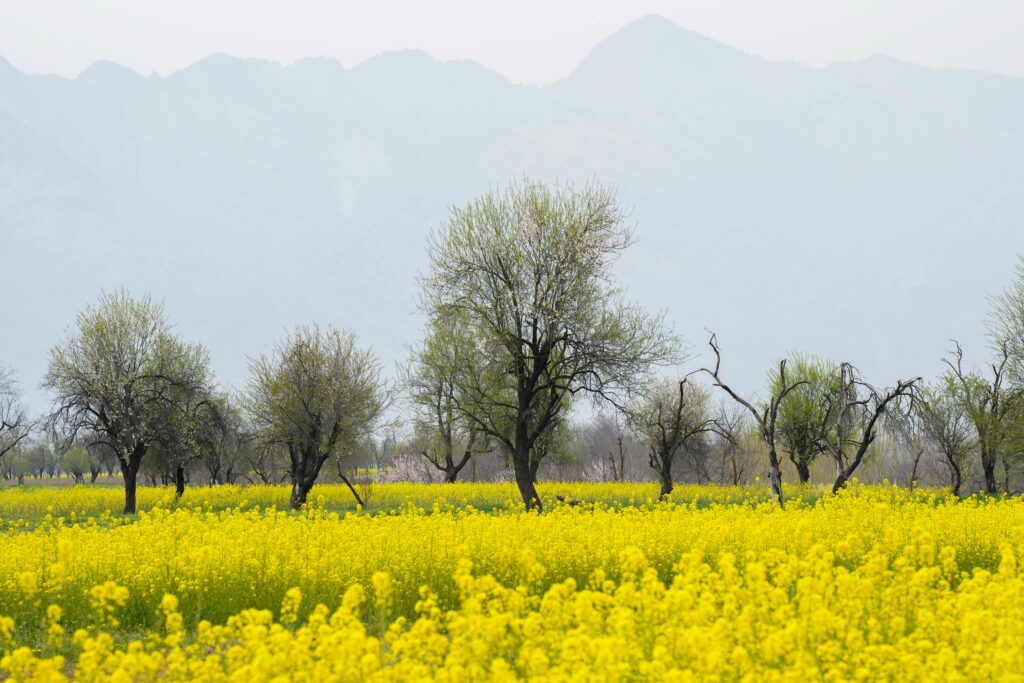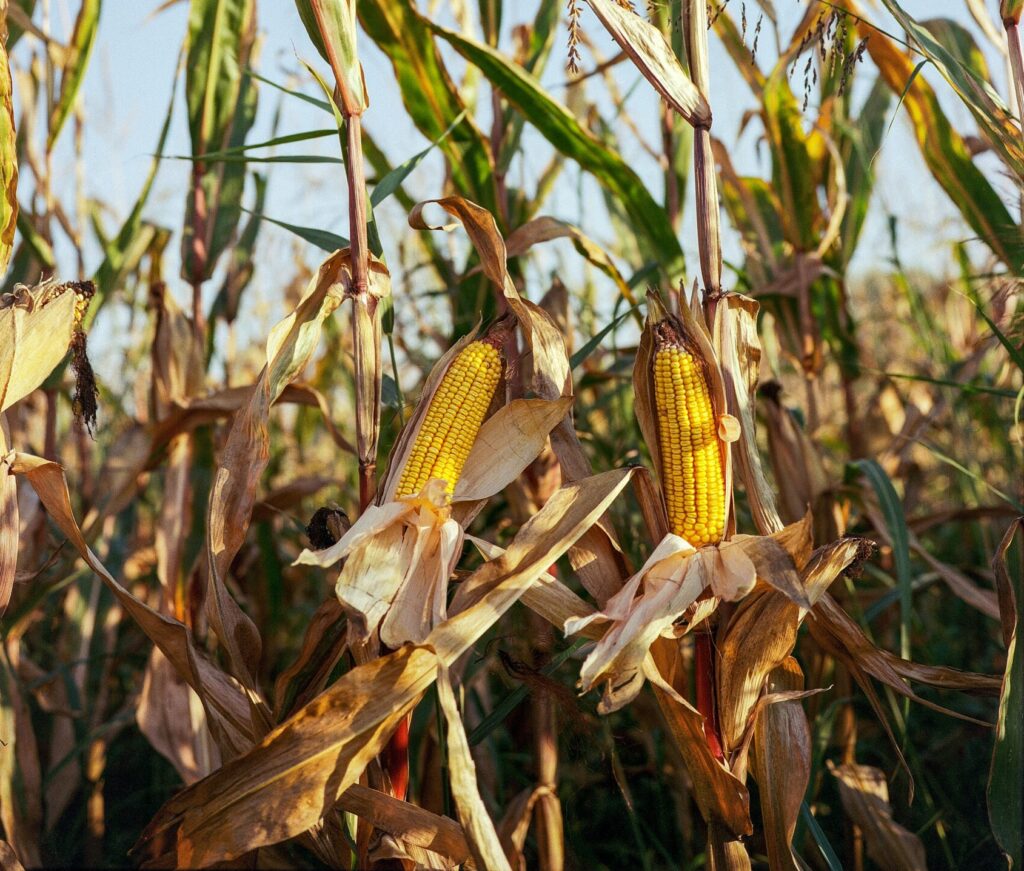Fertilization for Rice Cultivation is a vital process that ensures rice plants receive the necessary nutrients for healthy growth, high yield, and quality grain production. Here’s a guide on how to effectively fertilize rice crops:
Key Nutrients for Rice Plants
Rice requires a balanced supply of primary, secondary, and micronutrients, with Nitrogen (N), Phosphorus (P), and Potassium (K) being the most critical for growth.
- Nitrogen (N): Essential for leafy growth and yield. Nitrogen is responsible for the lush, green appearance of rice plants. Apply nitrogen in split doses to avoid nutrient loss, typically at three stages:
- Early Growth (at transplanting or seeding): Provides an initial boost for plant establishment.
- Tillering Stage (when plants begin branching): Supports active growth and improves tiller formation.
- Panicle Initiation Stage (just before flowering): Enhances grain size and yield.
- Phosphorus (P): Strengthens root systems and helps with early growth. Phosphorus is essential during the initial stages of plant growth.
- Apply phosphorus before or at the time of transplanting to make it readily available during early growth.
- Potassium (K): Increases plant resistance to stress, pests, and diseases. Potassium also improves grain filling and enhances the overall health of the plant.
- Like phosphorus, potassium is often applied at the beginning of the growth cycle, ensuring consistent availability.
Secondary Nutrients
- Sulfur (S): Important for protein synthesis and enzyme function. Sulfur deficiency can lead to pale leaves.
- Magnesium (Mg): Essential for chlorophyll and photosynthesis. Magnesium helps plants utilize light effectively.
- Calcium (Ca): Strengthens cell walls, which is critical for plant structure and resilience.
Secondary nutrients are often applied in small quantities through soil amendments like gypsum (for sulfur) or dolomite lime (for magnesium and calcium).
Micronutrients
Micronutrients like zinc (Zn), iron (Fe), and copper (Cu) are also important, especially in soils that may be deficient in these elements.
- Zinc is especially vital for flooded rice fields, as waterlogged conditions often reduce zinc availability. A zinc deficiency can cause stunted growth and leaf discoloration. Apply zinc sulfate if soil tests show low zinc levels.
Fertilizer Application Methods
- Basal Application: This is the initial application at the time of transplanting or seeding. The main fertilizers (especially phosphorus and potassium) are applied to the soil to support root establishment and early growth.
- Top-Dressing: Nitrogen fertilizer is often applied in multiple top-dressings at critical growth stages (tillering and panicle initiation) to ensure steady nutrient availability.
- Foliar Spraying: Applying micronutrients through foliar sprays can help address deficiencies quickly, especially if deficiencies are detected during growth.
Soil Testing and Customized Fertilizer Plans
- Conducting soil tests before planting helps determine exact nutrient requirements and identify any deficiencies. Soil tests are crucial for balancing the soil’s pH and customizing fertilizer applications based on specific nutrient needs.
- Integrated Fertilizer Management (IFM): Combining organic and synthetic fertilizers can improve soil fertility and plant health. Organic sources, like compost and green manure, enrich soil structure and increase beneficial microorganisms.
Environmental Considerations
- Avoid excessive fertilizer use, especially nitrogen, as it can lead to nutrient runoff and water pollution. Over-fertilization can also cause rice plants to grow excessively leafy, making them more susceptible to diseases and lodging.
- Precision farming techniques, such as leaf color charts or chlorophyll meters, can help farmers adjust nitrogen applications accurately based on real-time plant needs.
Effective fertilization in rice cultivation is about timing, balancing nutrients, and using the right application methods. By ensuring rice plants receive a balanced nutrient supply, farmers can improve yield, enhance grain quality, and contribute to more sustainable farming practices.
















